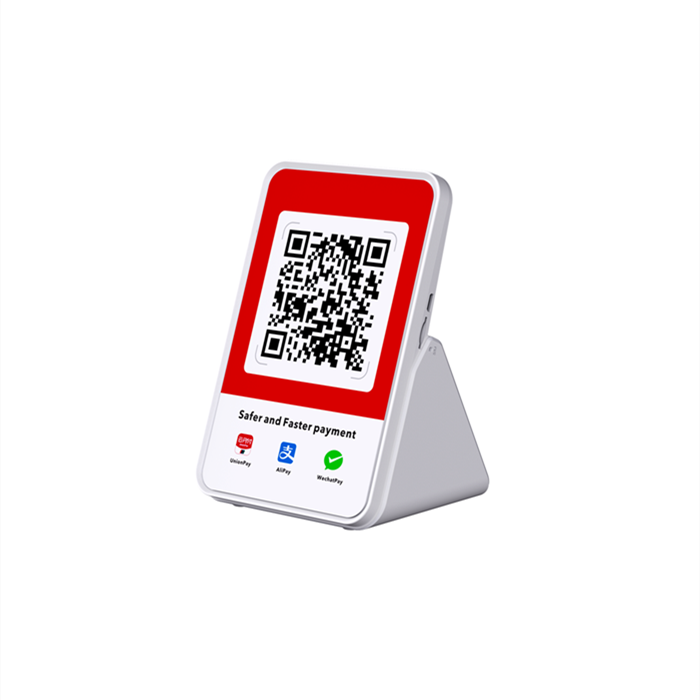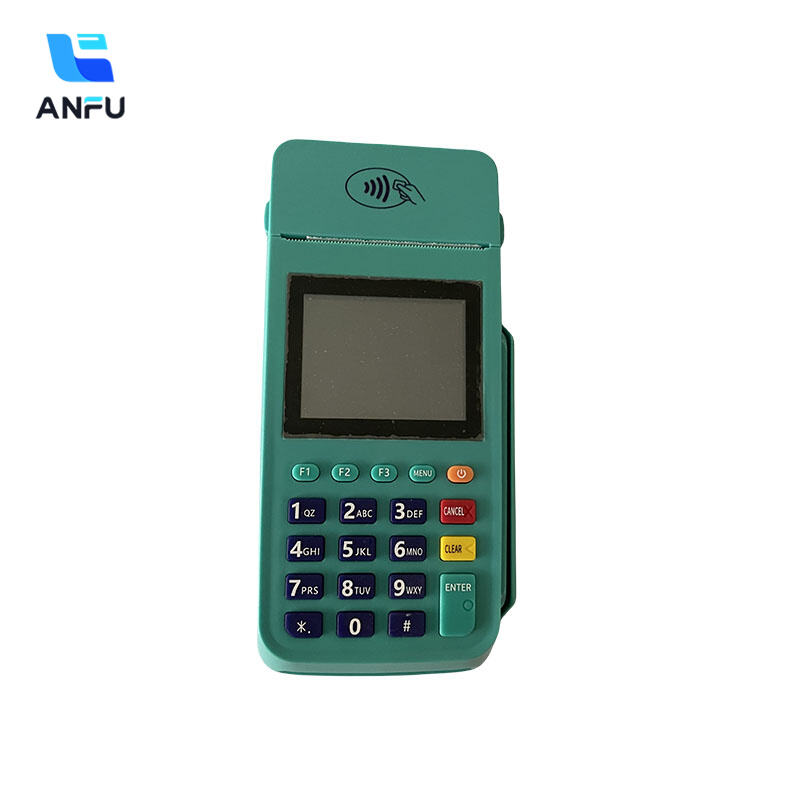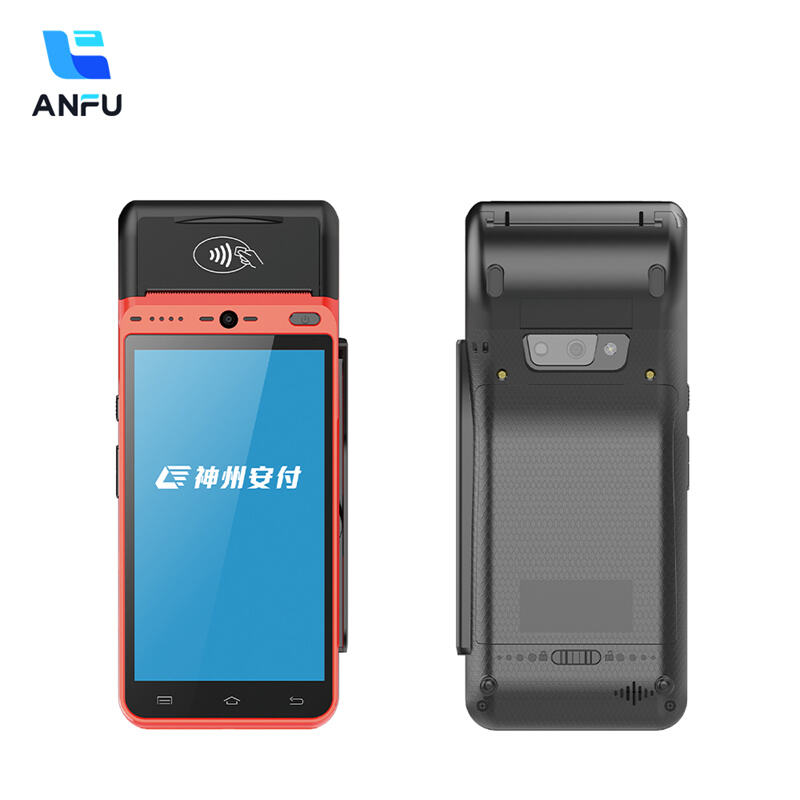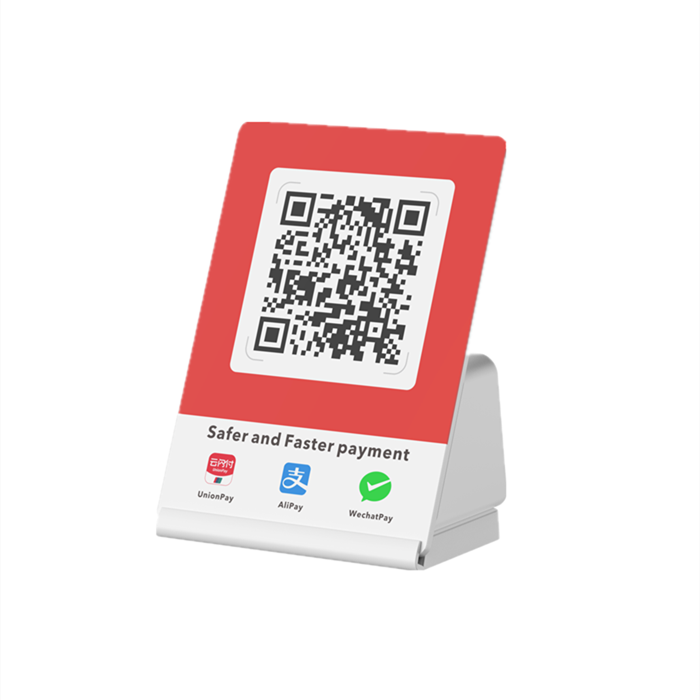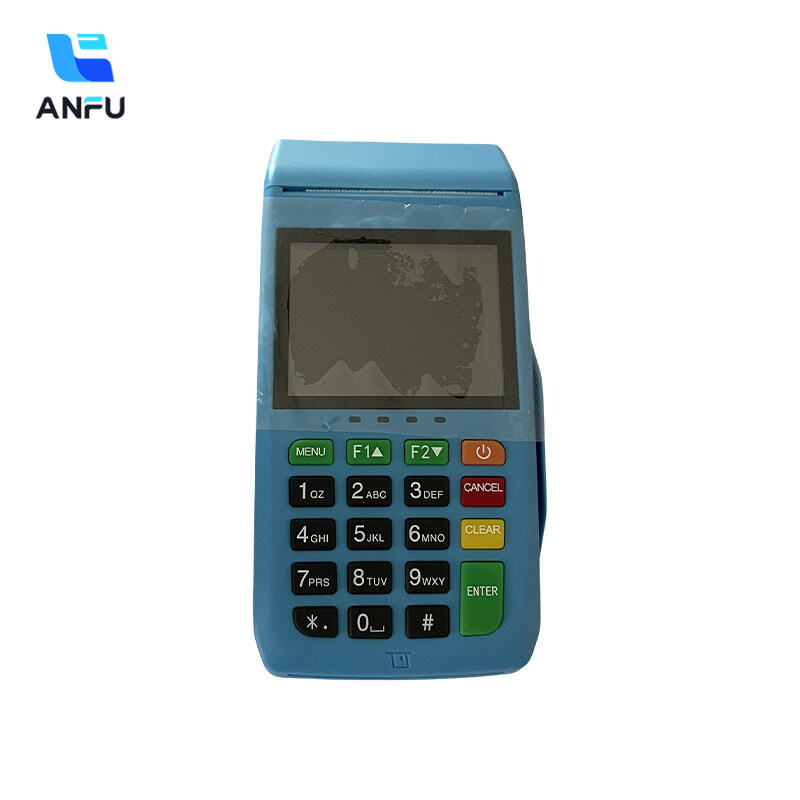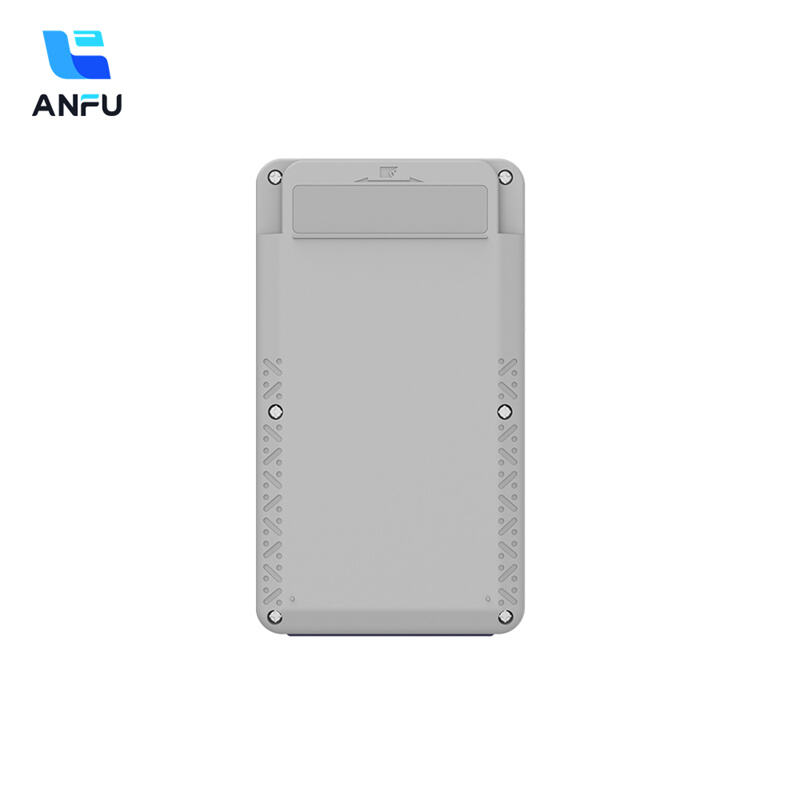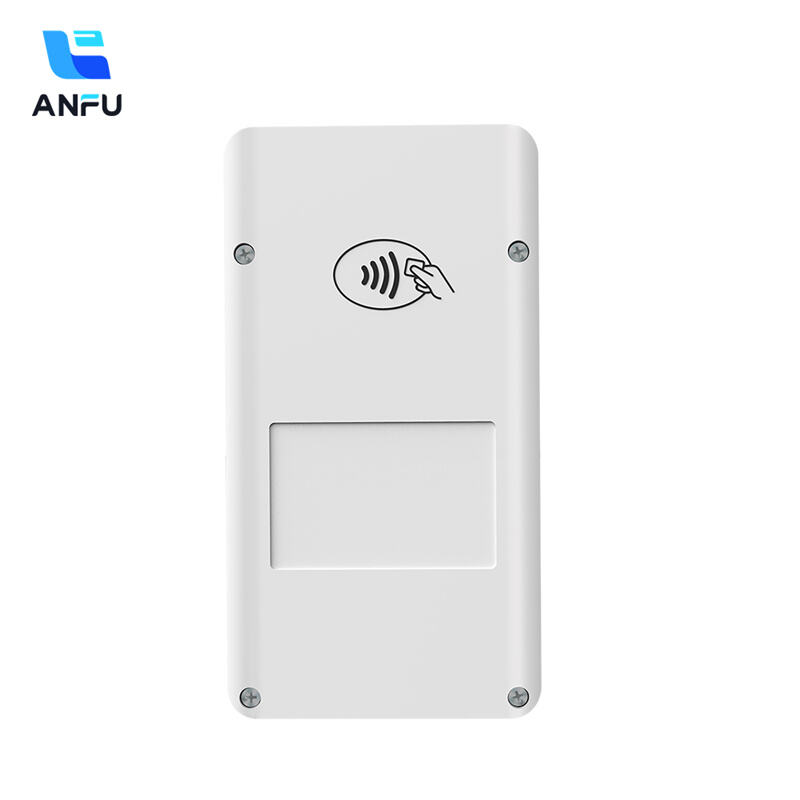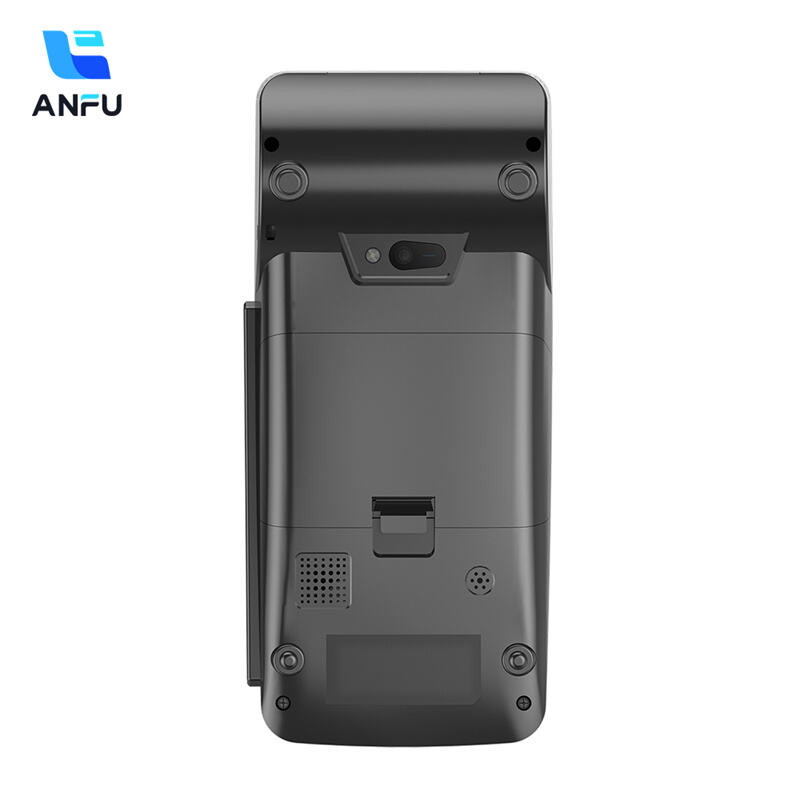Mini POS Durability Tests: Surviving Harsh Retail Environments
Why POS Durability Testing is Essential for Retail Success
How Durability Impacts Retail Operations
How long a point-of-sale system lasts matters a lot for keeping retail stores running smoothly day after day. When these systems break down less often, stores stay open longer, happy customers keep coming back, and the brand stays fresh in people's minds. No one wants to wait forever at checkout while trying to grab last minute gifts before closing time. Stores that invest in tough hardware usually see fewer problems when business gets busy. Take Black Friday crowds or summer clearance events for example most retailers know what happens when their registers crash mid transaction. Industry reports show some shops lose around 30 percent of expected sales on busy days because their systems give out. That kind of money drain shows why spending extra on durable equipment pays off handsomely in the long run.
Financial Implications of POS System Failures
When point-of-sale systems fail, the money problems that follow can really hurt businesses. Fixing broken systems usually costs between around $200 and sometimes as much as $1,000 for each breakdown. But wait there's more these initial repair bills just scratch the surface compared to what happens when stores can't operate normally. Retailers know all too well how fast cash slips away whenever their registers go down during busy shopping times. A single hour without functioning POS equipment might mean losing several thousand dollars worth of potential sales. That's why smart business owners look at durability first before making purchases. Systems that have been thoroughly tested tend to save money over time because they break down less often. And let's face it nobody wants surprises popping up with repair costs eating into profits. Comprehensive testing isn't just about keeping things running smoothly it actually builds stronger financial foundations for retail operations facing unpredictable market conditions.
Simulating Real-World Retail Stress Factors
Temperature Extremes and Thermal Cycling
Retail point-of-sale systems face quite the challenge when it comes to temperature extremes, ranging from sub-zero conditions to over 100 degrees Fahrenheit in some cases. These machines really get tested in all sorts of places too - think frozen food sections during winter months versus sweltering warehouses where temperatures can climb dangerously high. Manufacturers run what they call thermal cycling tests to see how well these systems handle sudden shifts in climate. What happens? Components start showing their limits under stress, which helps engineers figure out where improvements are needed for actual store environments. The whole process matters because nobody wants their register shutting down mid-transaction just because the weather took a turn for the worse. After all, happy customers tend to come back, while frustrated ones don't bother returning at all.
Humidity and Moisture Resistance Testing
In retail environments, point of sale systems face constant exposure to high humidity, particularly problematic in places like grocery stores where condensation builds up or at outdoor markets during rainy seasons. Checking how well these devices handle moisture isn't just important it's absolutely necessary if they're going to stand up to mold growth and rust that would shorten their lifespan and mess with performance. When manufacturers stick to established testing standards, they get proper certification showing their POS hardware works consistently even when humidity levels spike. This kind of testing protects equipment from water damage and keeps operations running smoothly without unexpected breakdowns.
Dust and Particulate Ingress Prevention
The buildup of dust and dirt really messes with how well point-of-sale systems work over time. Retailers need to check out those ingress protection ratings if they want their equipment to last through all the grime that accumulates in stores day after day. When stores actually follow these testing standards, their registers stay functional even when exposed to the constant dust bunnies and food particles floating around most retail spaces. Cleaning routines should also be part of the plan though. Keeping these systems clean not only helps them run better but makes them look nicer too. Maintenance isn't just about ticking boxes either it works hand in hand with proper testing so that cash registers keep performing reliably. And let's face it nobody wants to deal with a broken register during peak shopping hours especially when customers are watching.
Industry-Standard Testing Methods for Mini POS
Shock and Vibration Test Standards
Shock and vibration testing matters a lot when it comes to mini POS devices because they need to survive what happens during shipping and all the bumping around inside stores without breaking down or acting up. The tests basically check how well a device handles those unexpected hits and ongoing shakes that happen day after day. Retailers who want reliable tech should get to know about standards such as MIL-STD-810G. This standard gives them something solid to work with when looking at how tough their equipment really is against shocks and vibrations. When companies follow these guidelines, they sleep better at night knowing their money spent on POS systems won't just vanish into thin air because some mishap happened while moving merchandise from warehouse to shelf.
Waterproof Rating Validation (IP Codes)
Checking waterproof ratings through IP codes helps determine just how good a POS device is at keeping out dust and water. Retail environments often expose equipment to spills during busy hours or rain when placed outdoors. Following these standards makes sure the hardware keeps working properly even under tough conditions. When we run thorough tests on our devices, we want them to handle regular moisture exposure typical in grocery store aisles or market stalls where rain might get everywhere. Getting this right means longer lasting equipment that doesn't fail unexpectedly, which saves money for businesses while customers wait in line without frustrating tech problems ruining their shopping trip.
Long-Term Wear and Tear Simulations
Retailers need to know if their point-of-sale systems will hold up under constant use, so manufacturers run long wear tests that simulate years of operation in stores. These tests basically put devices through the same kind of stress they'd face after thousands of transactions, checking for things like button failure or screen cracks that might happen too soon. Based on what breaks down during these trials, companies tweak their designs and materials to make POS hardware last longer before needing replacement. When manufacturers focus seriously on building durable equipment through proper testing protocols, it makes all the difference for store owners who want reliable registers that won't slow down checkout lines or cause headaches during busy shopping seasons.
Preventive Maintenance and Failure Analysis
Identifying Common Hardware Failure Points
Knowing where hardware tends to fail matters a lot when it comes to keeping POS systems running smoothly and lasting longer than expected. Most retailers find that checking equipment on a regular basis helps catch problems early before something breaks down completely. When stores do these routine checks, they often spot signs of wear or other issues that could become bigger headaches later on. This saves money in the long run since nobody wants to deal with unexpected downtime during busy sales periods. Smart businesses replace parts as soon as they start showing signs of age rather than waiting until everything stops working. The result? Systems perform better overall and customers aren't left hanging when transactions need processing.
Best Practices for Environmental Protection
Protecting POS systems from things like humidity, dust buildup, and temperature extremes really cuts down on how often they fail. When retail employees know what to look out for and how to handle equipment properly, those systems tend to last longer and work better day after day. Take cleaning as an example most stores forget about it completely. Just wiping down terminals regularly and making sure they stay dry goes a long way. Some places invest in weatherproof covers too, which makes all the difference during rainy seasons or hot summer months. Getting familiar with these basic protection methods doesn't just save money in repairs it actually extends the lifespan of expensive hardware. Retailers who prioritize this kind of maintenance find themselves running smoother operations despite whatever environmental challenges come their way.
Scheduled Maintenance for Extended Lifespan
Getting regular maintenance done on equipment helps avoid those nasty surprise breakdowns and expensive fixes later on, which lets stores keep their tech running smoothly without wasting money. Most experts say that sticking to maintenance schedules can actually make point-of-sale systems last about twice as long as they normally would, so businesses get much more value from what they spend. What does this maintenance typically involve? Well, basically it's checking how everything works, updating the software when needed, and looking at all the hardware parts to spot any issues before they become big problems. Retailers who set up these regular checkups find themselves facing fewer system crashes, which means customers can pay for their purchases without delays or frustrations throughout the day.
Recommended Products
Hot News
-
Smart Card 2019
2024-01-23
-
Trustech 2019
2024-01-12
-
Futurecom 2019
2024-01-12
-
Seamless Payments Asia 2020
2024-01-12
-
Seamless Middle East 2022
2024-01-12

 EN
EN
 AR
AR
 BG
BG
 CS
CS
 DA
DA
 NL
NL
 FR
FR
 IT
IT
 JA
JA
 KO
KO
 PL
PL
 PT
PT
 RU
RU
 ES
ES
 TL
TL
 ID
ID
 LT
LT
 UK
UK
 VI
VI
 HU
HU
 MT
MT
 TH
TH
 TR
TR
 FA
FA
 AF
AF
 MS
MS
 MK
MK
 HY
HY
 AZ
AZ
 KA
KA
 BN
BN
 BS
BS
 LO
LO
 MN
MN
 NE
NE
 ZU
ZU
 MY
MY
 KK
KK
 UZ
UZ
 KY
KY
